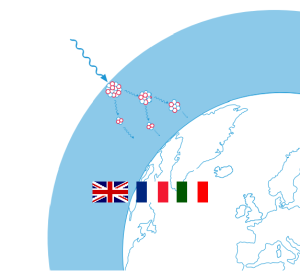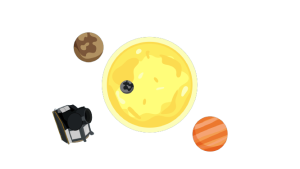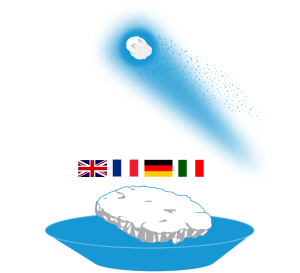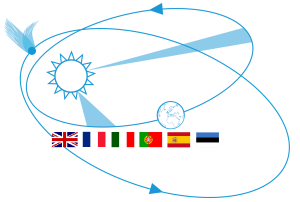
Hack an Exoplanet Guide for Educators
Hack an Exoplanet Guide for Educators Brief description: In this activity, students will characterise two exoplanets by analysing data acquired by ESA’s Cheops satellite. Students


Hack an Exoplanet Guide for Educators Brief description: In this activity, students will characterise two exoplanets by analysing data acquired by ESA’s Cheops satellite. Students

Brief description: Cloud chambers are boxes specially made to detect charged particles and radiation. In this activity, a cloud chamber is used to observe alpha

Brief description: In this set of activities, students will learn about two concepts that influence solar panel design for space missions: the inverse square law

Brief description: During these activities, students will work in small groups to model the transit of an exoplanet in front of its host star using

Brief description: In this set of activities, students will learn how scientists study exoplanets with satellites like Cheops (CHaracterising ExOPlanet Satellite), using the transit method.

Brief description: In this set of activities students will learn how scientists study exoplanets with telescopes, using the transit method. Students will characterise exoplanets using

Brief description: Find out how Cheops, the CHaracterising ExOPlanet Satellite, is going to investigate distant planets orbiting stars other than the Sun to discover what

Brief description: Is there a planet like our Earth out there? Scientists have discovered over 4000 exoplanets, or planets outside of our Solar System, that

Brief description: In this activity, teachers and students simulate a comet nucleus in the classroom. Comets are considered to be time capsules containing information about

Brief description: In this activity, students will use an elliptical board to obtain speed and distance measurements for an object in an elliptical orbit. The